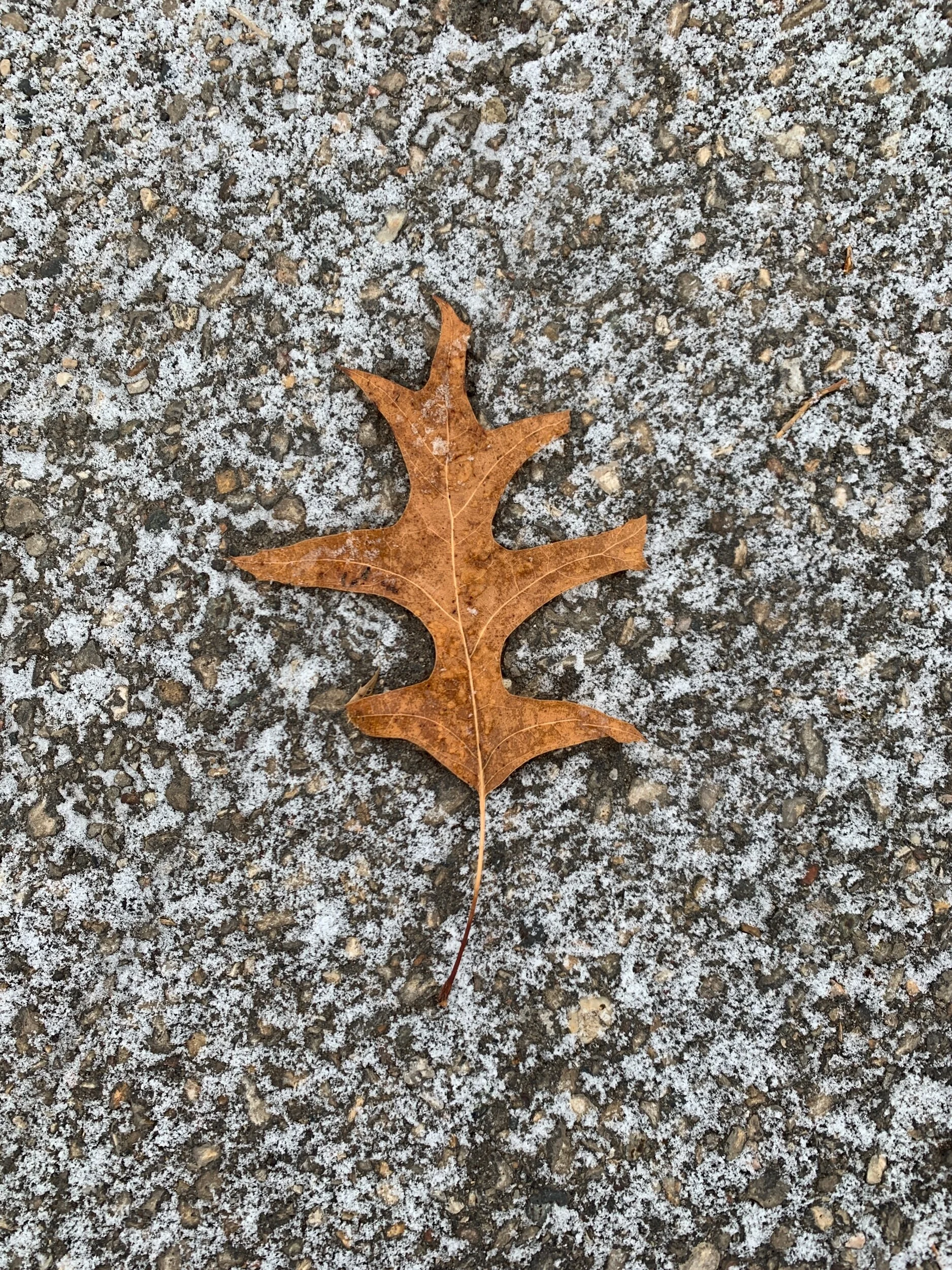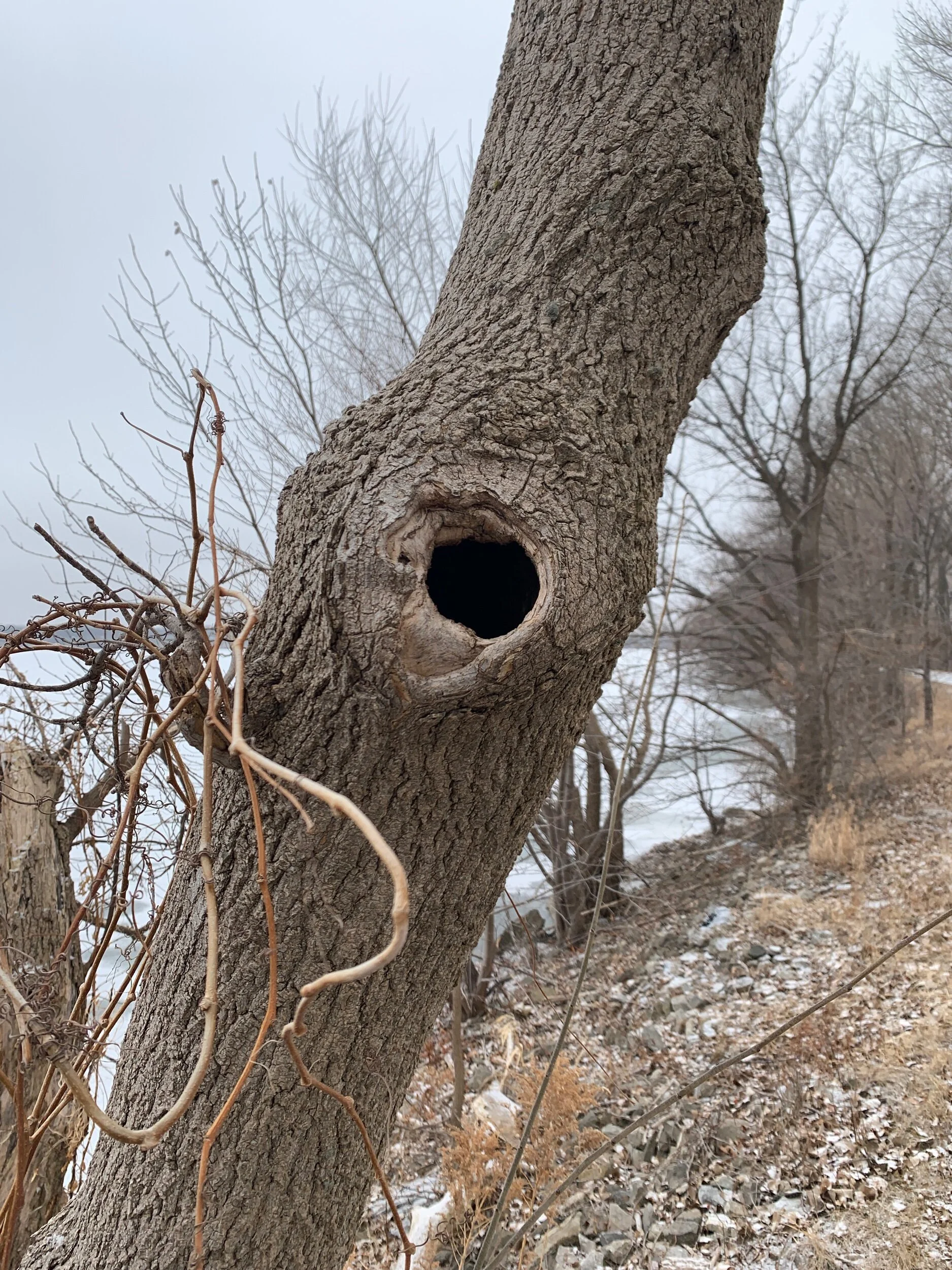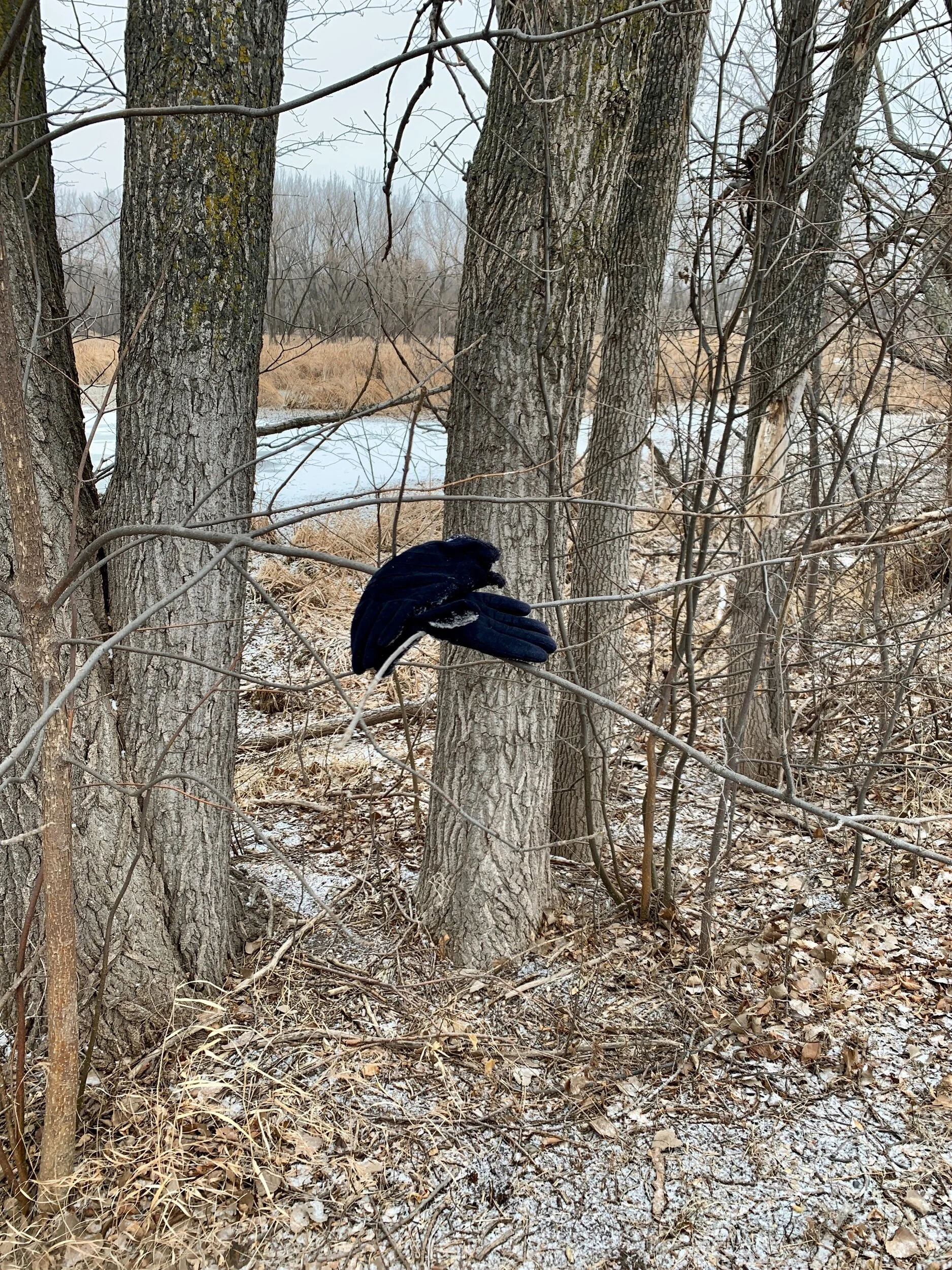Naturally
I walked Kaplan’s Woods in Owatonna and saw beguiling birds. One was a barred owl. Barred owls eat small animals, including squirrels, chipmunks, mice, voles, rabbits, birds, amphibians, reptiles, fish and crayfish. They hunt by sitting and waiting on an elevated perch while scanning for prey. Sometimes they temporarily store prey in a nest, in the crook of a branch or at the top of a snag to eat later. A barred owl has one ear higher than the other. Hearing from two different angles helps it pinpoint the location of prey.
I walked among the evergreens. White pine (W-H-I-T-E) has five needles per bundle, while Norway (red) pine has two needles (Nor-way).
I've not seen a snowy owl this fall. It's a prime spark bird. A spark bird is the bird that sparks a person's interest in birding. It opens eyes to the incredible beauty and mystery of birds. The snowy owls visiting here have proven to be more nocturnal and healthier than originally thought. While in Minnesota, they feed on voles, rabbits and waterfowl.
I didn't see Thomas Jefferson — I saw swans
Each winter, I stop in Monticello, Minnesota, where for 35 winters, trumpeter swans have been fed along the bank of the Mississippi River. Swan Park offered an artificial corn-feeding program started by Sheila Lawrence in the 1980s and continued by her husband Jim after her death in 2011. This program has ended. Jim Lawrence, the City of Monticello, the U.S. Fish & Wildlife Department, the Minnesota DNR and the Trumpeter Swan Society hope to preserve the long-term health of the migratory birds by encouraging the swans to remain wild and to forage naturally for food. There are 30,000 swans in Minnesota.
An owl picked him
Thanks to the International Owl Center in Houston, I heard David Johnson, director of the Global Owl Project, speak. He became enchanted with owls when he was 11 years old after an eastern screech owl landed on David's canvas pup tent and called for 20 minutes. David took it as a special message. "I didn't pick owls. They picked me," he said. David is studying the myth and culture of owls around the world. He found that the role of grandmothers is important in the transmission of culture as those women have the time and experience.
Q&A
"When is the best time to see eagles at Hawk Ridge?" Eagles: Bald: Sept. - Oct.; Golden: late Oct. - Nov. Rough-legged Hawks: mid-Oct. - early Nov. Red-tailed Hawks: early Oct. - early Nov. Broad-winged Hawks: Sep. 10 - Sep. 25. Sharp-shinned Hawks: mid-Sep. - early Oct. The average number of raptors counted each year at Hawk Ridge is 76,000. The numbers from the past fall: Broad-winged hawk 32,920, sharp-shinned hawk 13,595, bald eagle 5,300, red-tailed hawk 4,720, rough-legged hawk 1,948 and golden eagle 208.
"What bird call do you receive the most questions about?" I get the most about two birds. One is from people who miss hearing the songs of meadowlarks. The other wonders what is producing the song of the black-capped chickadee, a simple two-note whistled fee-bee.
"What is the best thing to feed birds?" You can't go wrong with black oil sunflower seeds.
"What ate most of a mouse caught in a trap?" Mice could cannibalize another. It could have been a rat. I can hear you shudder at that possibility. A shrew, a venomous mammal, is a likely predator. Shrews have long pointed noses, dense velvety fur, black beady eyes and lack visible ears. They have an incredibly fast metabolic rate that requires them to feed voraciously, night and day. They eat earthworms, small mammals (mice and voles), centipedes, snails, slugs, beetles, spiders, grasshoppers, crickets and plant matter.
"Do goldfinches migrate?" Northern populations of American goldfinches are short-distance migrants that winter in the southern United States and northern Mexico; southern populations are year-round residents. Females winter farther south than males and young males farther north than adults. Irregular in migration, more remain here in winters with good food supplies. Banding shows wintering site fidelity is low. Some goldfinches are present year-round in Minnesota and are likely permanent residents. The goldfinches we see in the winter tend to be young birds, those hatched just months earlier, and are nomadic. The goldfinches we have at our feeders now could be locals or from Canada.
Thanks for stopping by
"I heard a bird sing In the dark of December A magical thing And sweet to remember. ‘We are nearer to Spring Than we were in September.’ I heard a bird sing In the dark of December." — Oliver Herford
"You were made and set here to give voice to this, your own astonishment." — Annie Dillard
We fish ewe a mare egrets moose, we fish ewe a mare egrets moose, we fish ewe a mare egrets moose, and a hippo gnu deer!
Do good.
©Al Batt 2020
Trumpeter swans at Swan Park in Monticello, Minnesota. Photo by Al Batt
The loneliness of the long-distance ice fisherman.
Leave nothing but tracks. Take nothing but photos.
I don’t know if anyone was at home. I couldn’t find the doorbell.
I don’t know if anyone was at home. I couldn’t find the doorbell.





